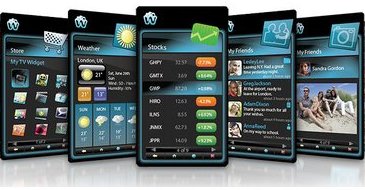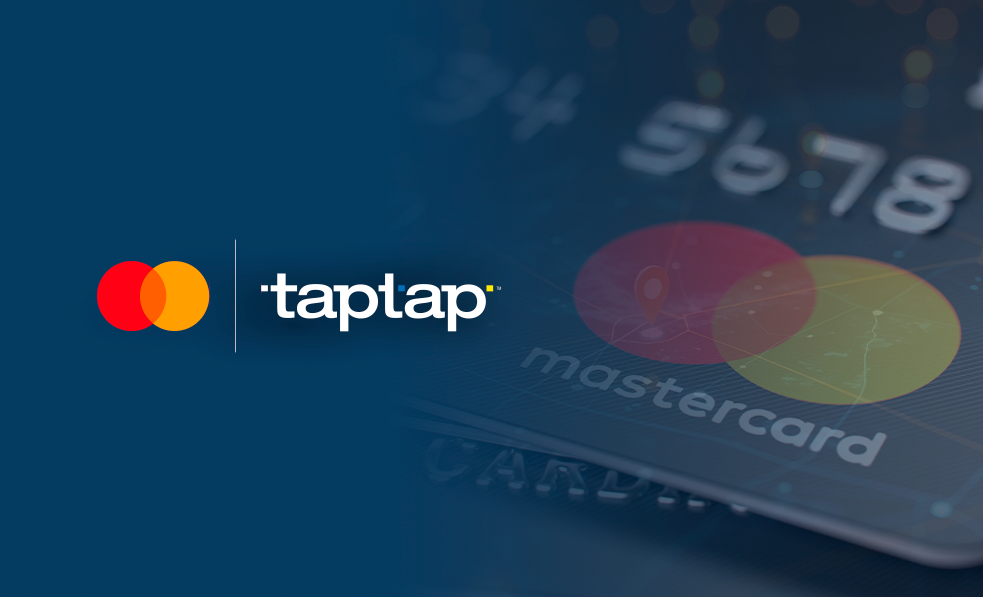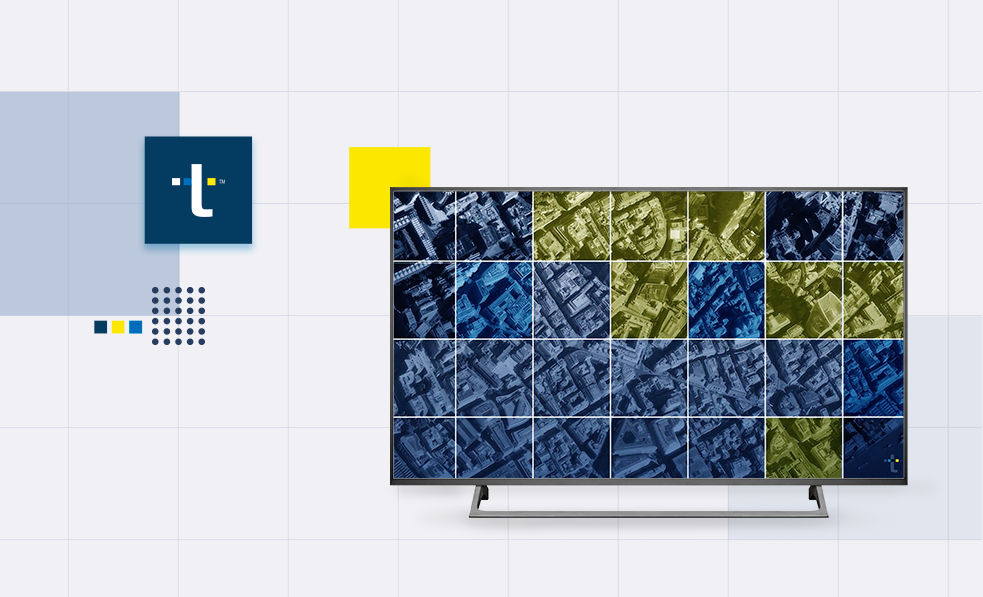The widgets in Android are one of the most representative functions of this mobile operative system. Available since the version 1.5 of Android, they allow you to access information directly from the main screen without the need to launch any application. The “pure” Android system comes with some default widgets but the great strength of this system is that any third party application can integrate its own widgets. Starting with the 4.0 version of Android, they have been incorporating newer functions such as the re-scalability, the use of lists or the improvements in design. It should also be pointed out that from the 4.2 version of Android, the widgets can be integrated into the blocking screen of the device. Some examples of widgets.

What are the widget benefits?
The benefits that can be provided by a widget are numerous. The quick access to the information represents a great improvement for the user’s experience. They tend to be updated periodically, maintaining, in this way, an updated content which provides one more reason for the user to add them to the main screen.
The evaluations of applications when adding well integrated widgets tend to go up significantly, providing more downloads and more uses. A widget also provides more frequent accesses to the application since if the user detects information of interest on his main or blocking screen, he will want to know more and open the application.
Finally, a widget will facilitate the mouth-to-mouth communication since being more visual and located on the main screen, it will be easier for the user to recommend the use of this application.
Requirements for a quality widget
Not all widgets are an improvement for the user’s experience. When integrating them into the application, one must keep several parameters in mind. The first and most important is to control the use of the battery, avoiding long operations or updating the information too often. Another important aspect is the use of a data connection, given that it is an “invisible” consumption for the user which could generate additional costs for him. Therefore, it is important to use cache for images and download only what is essential to show the content.
It is also important to keep in mind that the widget has to adapt to the different screen sizes and even allow the change in size on the part of the user. Finally, the widget has to contribute an added value to the user and it is important to remember that not all applications need a widget.
Practical example
In TAPTAP I can show you the widget for Sport, which represents the perfect application to which to integrate widgets, since its main content is the consumption of information. To ensure optimal compatibility for all Android devices, we have made sure to create widgets available both for earlier versions of Android 4.0 as well as for subsequent versions. This way we have many different types of widgets: 1. Scroll-free lists for Android versions prior to 4.0.

2. Re-scalable list with scroll for Android versions after 4.0.

3. Rescalable box for Android versions after 4.0.

4. Chips for Android versions after 4.0.

All these widgets are updated every half an hour and provide a very pleasant user experience since they all offer very visual and different information to the user.

















